With its location in the Mediterranean Sea between mainland Europe and Africa, Sardinia is a unique part of Italy, and the capital Cagliari offers many interesting sights and exciting experiences with roots going back to both Sardinian and Italian traditions.
Cagliari is a big city with bustling streets, atmospheric churches, informative museums, ancient palaces and solid fortifications, but at the same time the relatively compact city center makes the visit relaxing with the short distances between the sights of the city.
The city center consists of both older and newer neighborhoods and similar architecture, whereby you can find traces from many parts of Cagliari’s long history. The cathedral, bastions and narrow pedestrian streets facing Via Roma’s arcades are among the highlights of the area, while nature is another perspective on a visit here. Pink flamingos and a lot of other birds thrive in the salt lagoons south and west of the city. Both easily accessible from Cagliari.
The area around Cagliari contains sights as ancient mines, mountain towns, thermal baths, towers of ancient narughe culture and the picturesque beaches you see everywhere on the beautiful Mediterranean island.
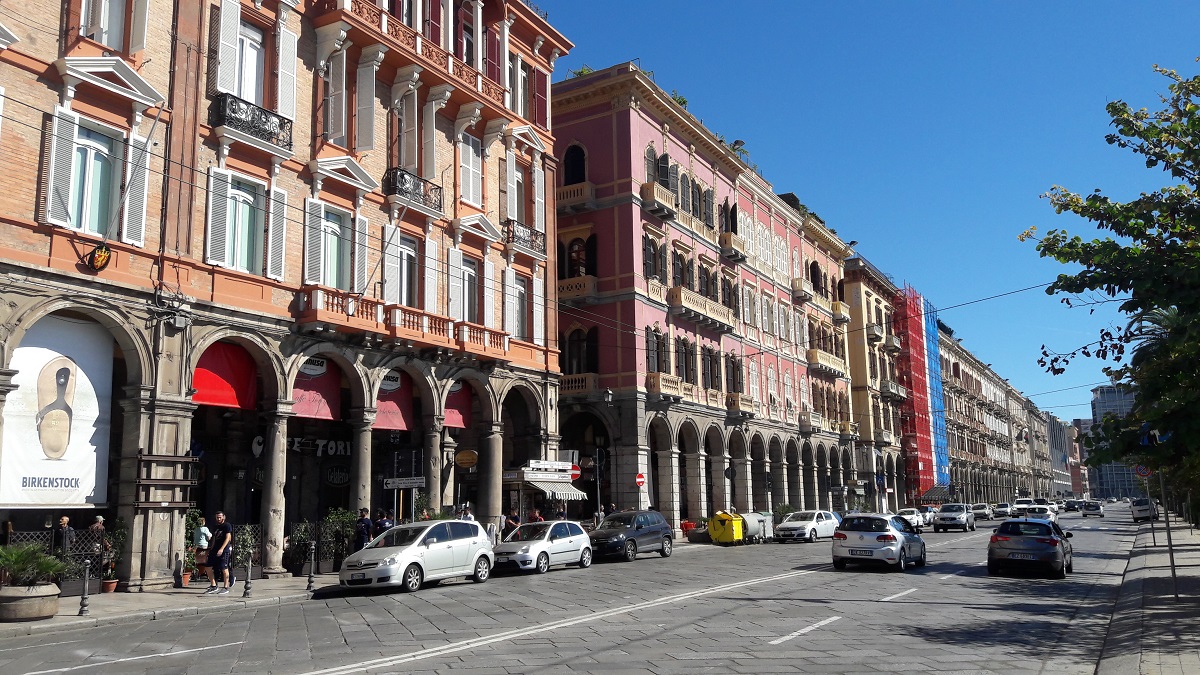

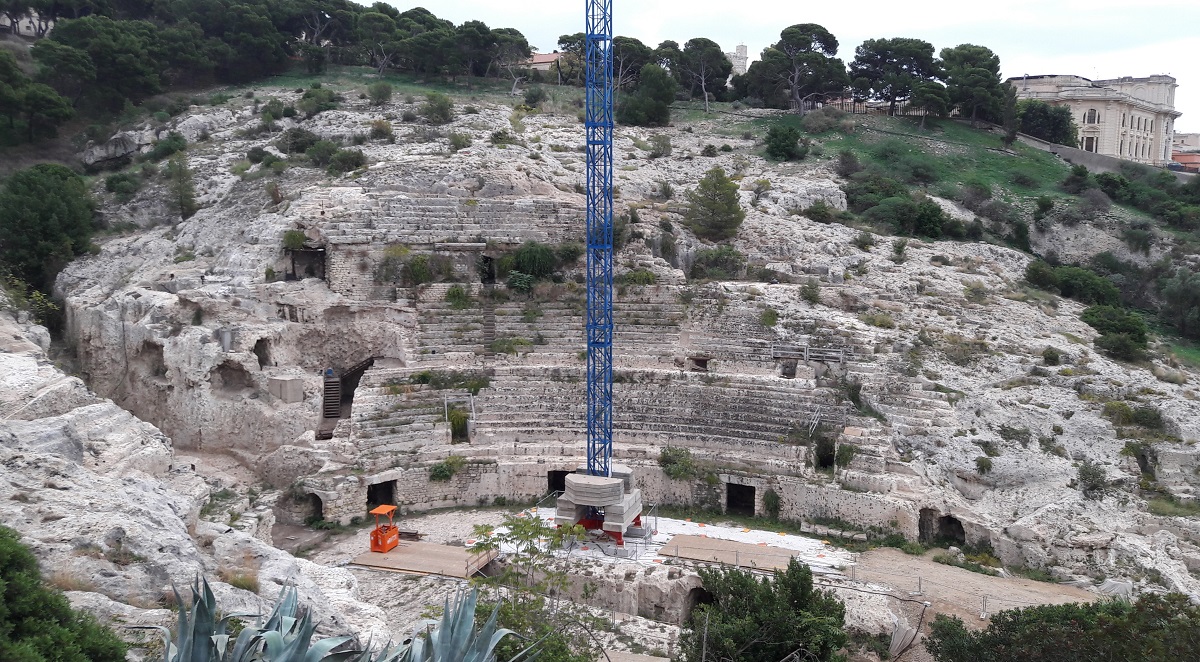

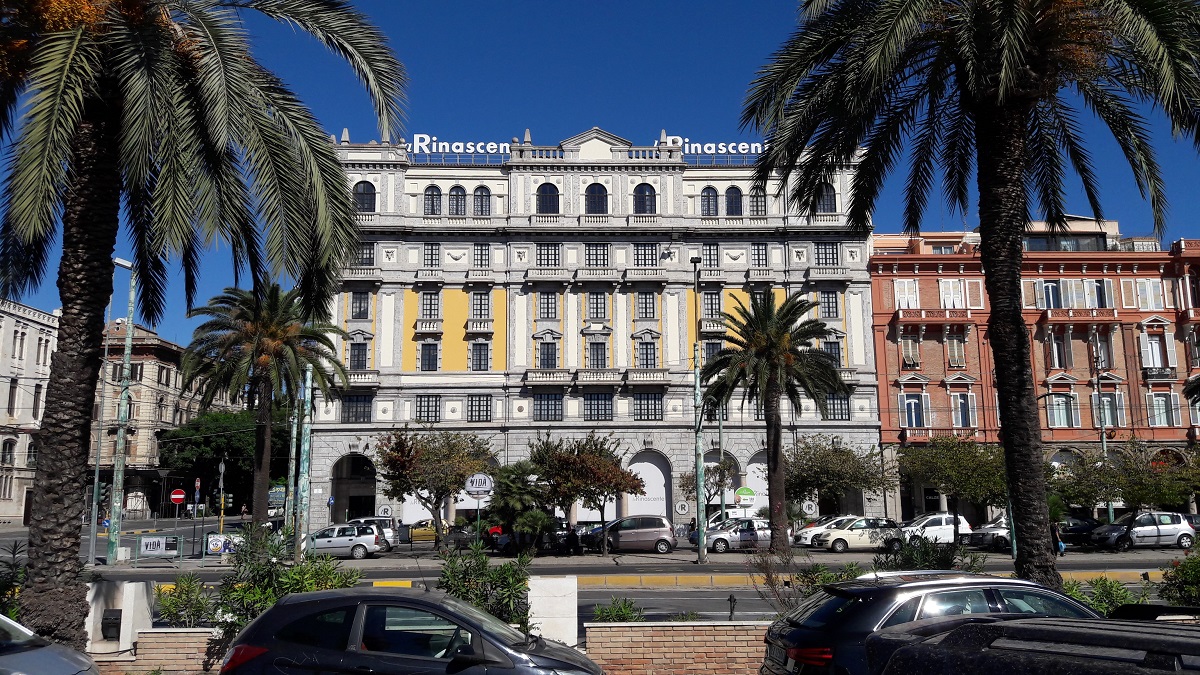
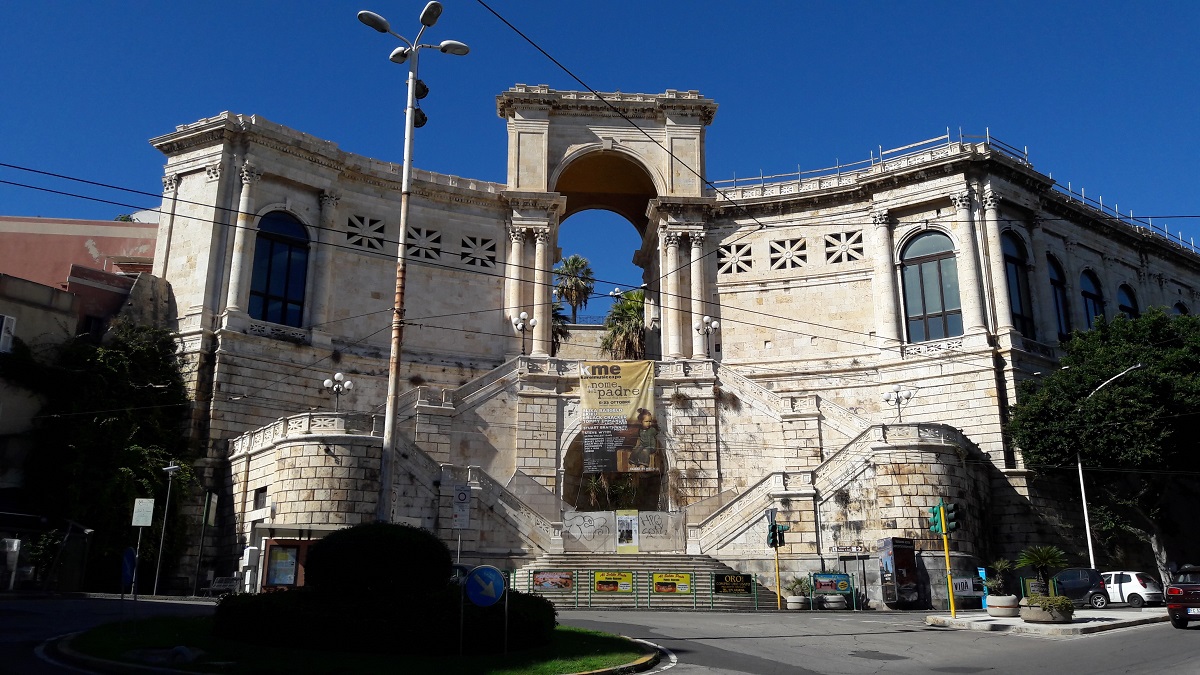
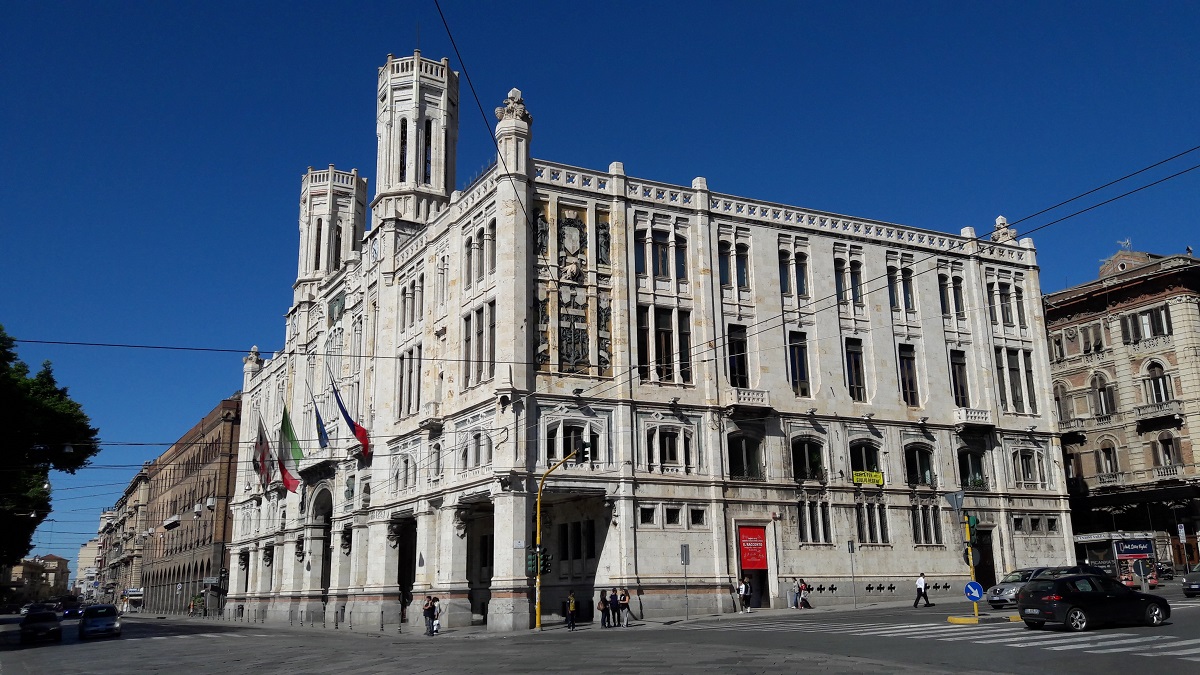

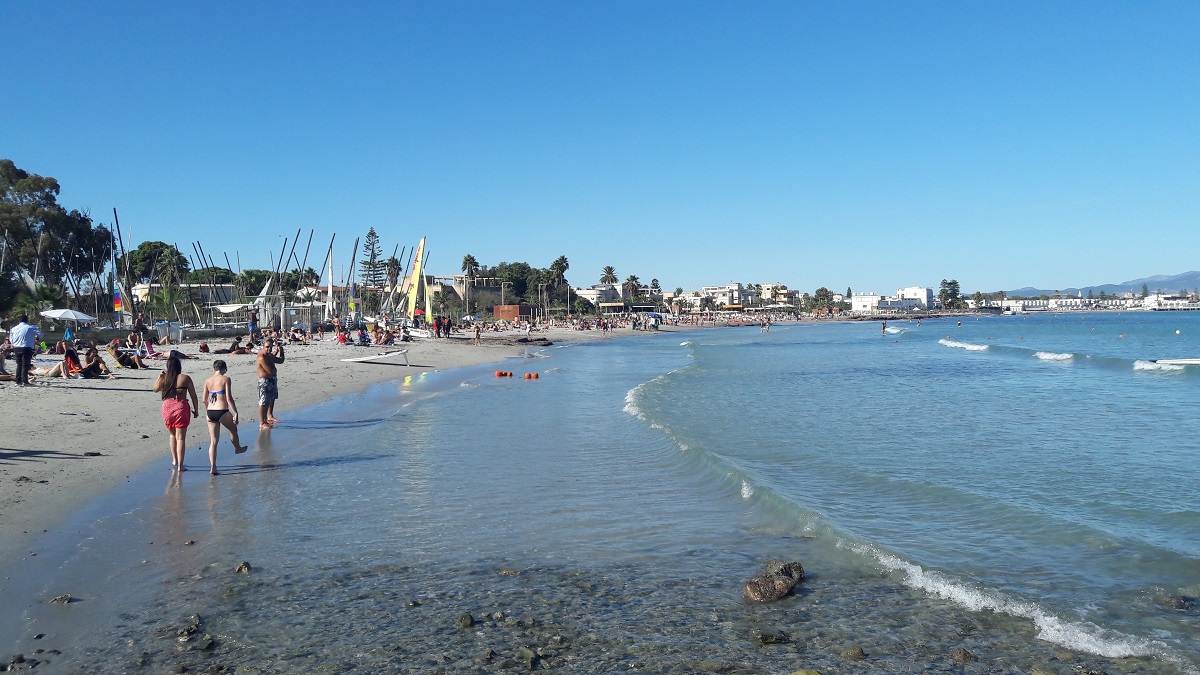
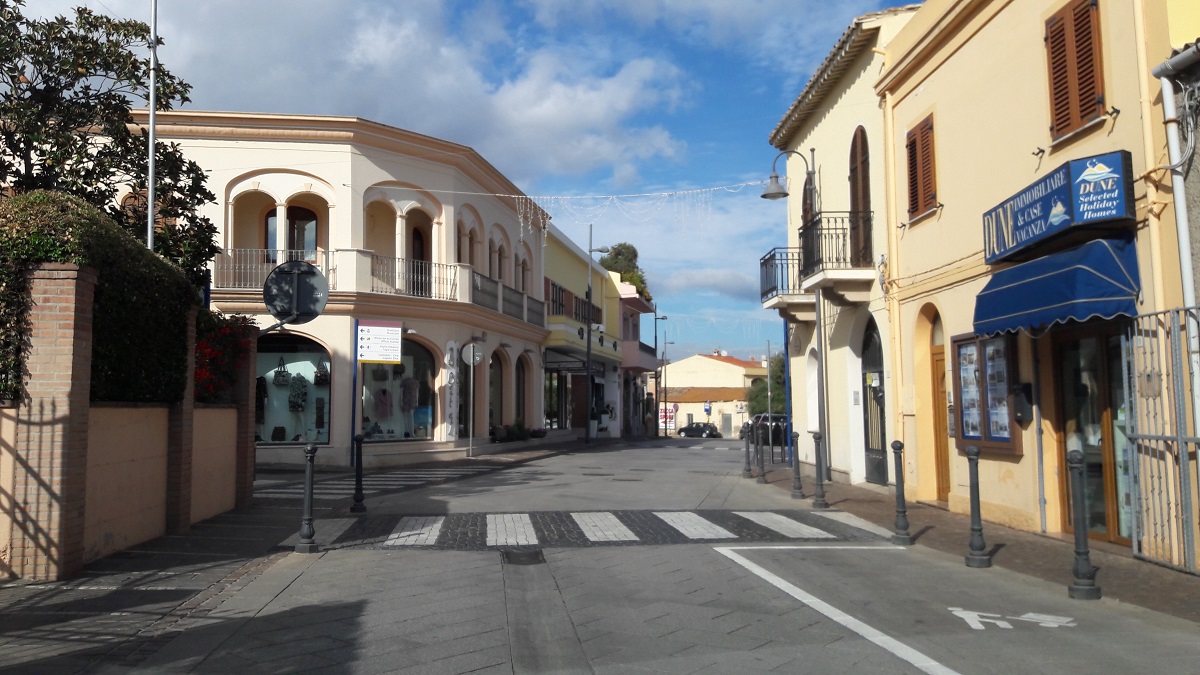

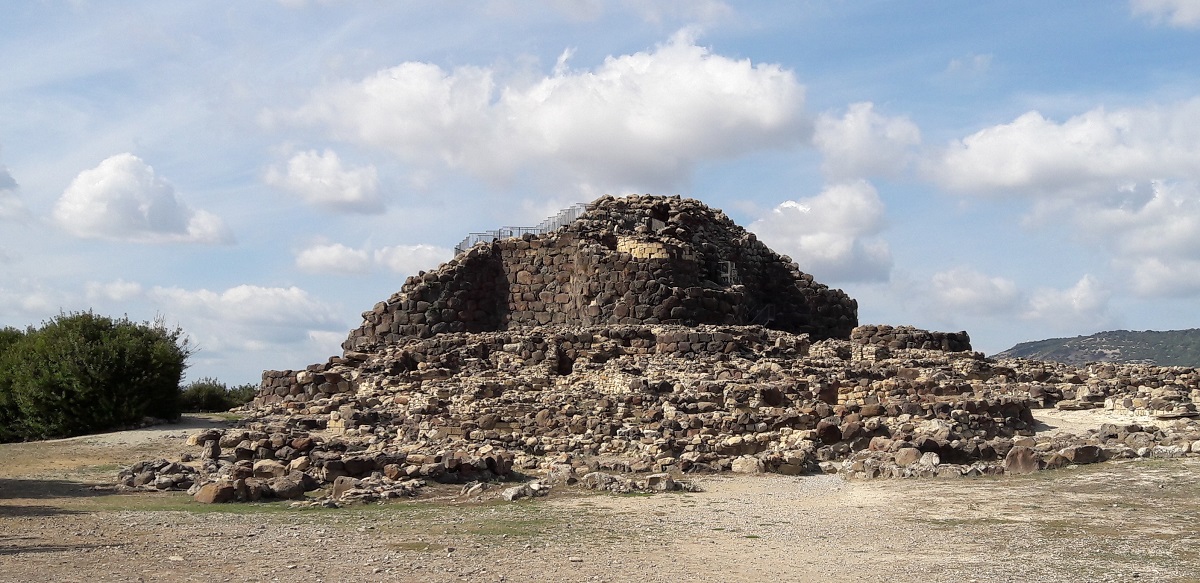


The early history
Cagliari is situated in a strategically good position between the Mediterranean and the Sardinia’s inland areas. Natural protection in the form of swamps around the area has meant that the place has been inhabited for millennia and since Neolithic times.
The first real settlement was Krly, established by the Phoenicians in the 600-700 BC. In Latin, the town was called Caralis, and it was located a little west of the present Cagliari. The site was chosen for its good natural harbor and its location on the main trade routes to Africa.
In the 400s, Carthage came to Sardinia, over which they won the dominion. With them, Caralis developed significantly, and the city of Carthaginians lay around the present Marina neighborhood. During this period a lot was built, of which remains are seen; An example is the Tuvixeddu Necropolis.
The Cagliari of the Roman Empire
The centuries before the birth of Christ were a time when the Roman Empire expanded in the area in and around the Mediterranean, and in 238 BC Sardinia gained Roman rule with Rome’s victory over Carthage by Tiberius Sempronius Gracchus. Cagliari and other cities in Sardinia were loyal to the Roman Empire and Caesar in the following centuries when his time came.
As a city, Caralis was to be considered the capital of Sardinia, and it achieved the status of a municipality, and its inhabitants became Roman citizens. Caralis was the administrative seat of Roman rule over both Sardinia and northern Corsica, which also became Roman in 238 BC.
With some 20,000 inhabitants, Caralis was a major metropolis in the western part of the Roman Empire, and its development continued through Roman times. The city was expanded with several facilities typical of the kingdom; For example, significant road construction, an aqueduct for the water supply and a larger amphitheater can still be seen. Remains of other public buildings have been found in the Piazza del Carmine neighborhood, and other houses and larger homes have been found elsewhere.
Christianity came to Caralis as early as the 200s, and the city had been established with a bishop by the end of the century. Claudius Claudian made a description of Caralis around the year 400, and he drew a picture of a city with high traffic in the harbor. Economically, the city was based on, among other things, salt production, which continues to take place in the area south of the city center.
It was this city that, with the decline of the Western Roman Empire, got into the hands of African vandals in the mid-400s. Their rule lasted for a time during which the island of Sardinia once functioned as an independent kingdom.
Byzantine era
The political strength of the Roman Empire had been moved from Rome to Constantinople in the 300s, and after the fall of Rome, the eastern kingdom became a daily life for the inhabitants of Cagliari. In 534, East Roman armies conquered Sardinia under Emperor Justinian. There were battles between Belisarius’ Byzantine armies and vandals, and Goths gained control over Cagliari for a period of time.
The Byzantine rule came formally for many centuries, but with the distance to Constantinople and new threats from not least Muslim Arabs and Moors made the situation special for Cagliari and Sardinia, which in time almost achieved a kind of autonomy. When the Arabs sought a conquest of the island in 827, connections to Constantinople became even more difficult, and a local government was established; thereby Sardinia acted as independent with the government of a judge and magistrate.
At the beginning of the 11th century, Muslims from Spain tried to conquer Sardinia, which was unsuccessful. In the time thereafter, the island was divided into four administrative areas; the so-called judicati. Callaris constituted a judicatus, and it extended around the capital; the present Cagliari.
Pisa’s heydays
Sardinia and Cagliari were strategically well placed on trade routes between Italy and North Africa, which made the place interesting for the prosperous Italian city-states. In the 11th century, the Republic of Pisa sought increasing influence over the local government in Cagliari, and over time their results became very manifest.
In 1215, Pisa ascended a mountain at the administrative center of Santa Igia at the time, and in the following years merchants established themselves from the Italian city-state in what became the fortified district of Castel di Castro. The Pisan district was the start of the urban development that over the years became the modern Cagliari. As fortifications there were defenses around Castel di Castro; they consisted of, among other things, three gates with associated towers.
At the beginning of the 13th century, it was still the judge of Cagliaris judicatus who was the leader of the southern state of the Mediterranean. In 1258, Guglielmo III died as the last judge, and it used Pisa to attack Cagliari, with its allies, the judiciary of the island, Arborea, Gallura and Logudoro, by destroying the main city of Santa Igia. Subsequently, Cagliari judicatus was divided into three parts, part of which was given to Pisa’s della Gherardesca family. The state of Pisa retained control of Castel di Castro.
However, Pisas did not sit on their possessions in Sardinia for many years. Already with the defeat of Genoa at the Battle of Meloria in 1284 the state was weakened; including the loss of Corsica. In the following decades, the Pisans expanded some of their defenses and took more direct control over the control of their controlled parts of Sardinia. The threat now came from the west and Aragon on the Iberian Peninsula.
The era of Aragon
In 1324, Aragon initiated an invasion of Pisa’s Sardinia. A considerable fleet sailed from Barcelona and Valencia, and after landing in the southwestern part of Sardinia, the troops besieged Castel di Castro. After a few months of siege, Pisa surrendered the city and Sardinia to the King of Aragon, and after that event the Kingdom of Sardinia was established with Cagliari as its capital; at the time with the Catalan name Callér.
With the Aragonese rule, the Pagans in Cagliari were sent away, and migrants came from the areas around Barcelona and Valencia. The city was ruled by a deputy king who represented the king of Aragon. During the following century, Cagliari’s fortification was expanded, not least to withstand attacks from the Arborea, which remained a judicatus on the island. The war between the Aragonese and Arborea lasted from the mid-1300s to 1420, when Arborea was defeated.
The Habsburg Sardinia
With marriages, among other things, Aragon over the years was increasingly dominated by rising Spanish kingdom, which also gained dominion over Cagliari and Sardinia. By the time of Aragon, the language of the island’s court had been Catalan. Sardinian was used in everyday life of high and low in the city, but with the Spanish rule the government language became Spanish.
Cagliari was the capital of the Spanish Viceroy and a number of other Spanish institutions that followed the administration of this part of the kingdom. The city’s location, fortification and large port also made Cagliari a military and commercial center of strength in the western Mediterranean.
Life in Cagliari was comparable to many other places in the Habsburg Empire. The city was the largest and most prosperous in Sardinia, and cultural life flourished through the 16th to 16th centuries. In 1607, the city’s university and the first public hospital were opened, and there was already a well-established art school in the form of Stampace.
17th Century Cagliari
After sitting in power over Sardinia for several centuries, the island passed to the Austrian Habsburgs in the early 17th century. However, this became quite brief, as the Savoy dynasty gained power over the Kingdom of Sardinia in 1718. However, Sardinia remained almost autonomous to the continental parts of the Savoy, but formally respected the supremacy of the kingdom.
The Savoy’s government took over a kingdom formed under Aragon and changed under the Spaniards. The new rulers reformed the estates, but this happened step by step. Thus, Spanish remained the official language well into the 18th century, and the monarch did not increase the taxation of citizens. Politically, however, the most important decisions were moved from the parliament in Cagliari to Turino.
For Cagliari and Sardinia, the 18th century turned into a century of fine growth through access to new markets in Italy as well as Central Europe, and the ideas of the Enlightenment also affected society; eg through restructuring of the university.
During the Savoy, Cagliari’s defense works were also expanded due to the city’s strategically important location. For the same reason, France attempted to conquer the island in the late 18th century. A French force landed at the beach in Poetto and marched towards Cagliari a few kilometers to the north. However, the French were defeated by the Sardinians.
After successful defense, Sardinia wanted to gain increased privileges in the Savoy; for example in the form of a representative from the island in the parliament of the kingdom. It was not accommodated, which resulted in the government’s representatives and the people of Piedmont being forced away and an independent government established. It only came to reign shortly before the Savoy regained control in Cagliari.
Italian Sardinia
In the 19th century, Cagliari and Sardinia underwent significant changes. The modern age came to the city, where the old city walls were loosened to give way to new development. A new city plan was established and new major streets were constructed. In 1807 the first street lamps were set up and in 1868 the time of the gas lamps started. The year before, an actual water supply had been established for the city, which had previously had to settle for well water.
The century was also the time when the new Italian state emerged after Garibaldi’s unification of the country. Sardinia became part of Italy and it contributed to significant economic development in Cagliari with, among other things, a large construction activity. In the city’s street scene, the many fine buildings from the end of the 19th century to the beginning of the 20th century are still seen as a result of the time.
Other signs of the expansion and the era of industrialization were new production facilities and also the Sardinian railways. In 1871, the establishment of the line between the two largest cities, Cagliari in the south and Sassari in the north, began. The railroad was completed in 1881, and the railway network also extended to other parts of the island. In Cagliari, tram lines were also constructed; from 1893 with steam powered wagons and electric from 1915.
20th Century to Today
At the turn of the 20th century, Cagliari was a city of great population growth. In the 1930s, the capital of Sardinia reached 100,000 inhabitants, which is a hundred percent growth since the latter half of the 19th century.
Benito Mussolini became head of Italy in the 1920s, and the monumental architectural style of the time also became visible in Cagliari with large new facilities such as the classicist-inspired courthouse. The city’s strategically good location continued to exist as a major port city, among others.
With World War II came allied bombings of Cagliari. The bombers’ targets were both military and civilian to terrorize the population, which for the most part left the city for the benefit of the country with friends and acquaintances. Cagliari was almost deserted under what is known as the desert; sfollamento.
The bombings were fierce in February 1943 with increasing fighting in the following months. From September of that year, German troops took control of the city, which had fallen under the Italian armistice with the Allied forces. However, the Germans chose to retire soon after to strengthen its defense in continental Italy. The Americans then came to Sardinia, where, among other things, they established bases.
It was a ruined city, the citizens returned to after the bombs and the ravages of war. About 80% of Cagliari’s buildings were damaged and thousands more died. The major reconstruction work quickly picked up, and the city’s residential neighborhoods soon resurfaced and new blocks of flats were erected. In the medieval part, however, some old buildings were not saved, which, for example, applied to several churches.
As the administrative capital and regional growth center, the population in and around Cagliari grew tremendously after World War II. Urbanization made the metropolitan area reach over 200,000 citizens in 1950, and today the figure is over 450,000. The city is relatively prosperous and is characterized by both culture, trade, production and a growing tourism that comes to both Cagliari and the rest of Sardinia.
Overview of Cagliari
With its location in the Mediterranean Sea between mainland Europe and Africa, Sardinia is a unique part of Italy, and the capital Cagliari offers many interesting sights and exciting experiences with roots going back to both Sardinian and Italian traditions.
Cagliari is a big city with bustling streets, atmospheric churches, informative museums, ancient palaces and solid fortifications, but at the same time the relatively compact city center makes the visit relaxing with the short distances between the sights of the city.
About the upcoming Cagliari travel guide
About the travel guide
The Cagliari travel guide gives you an overview of the sights and activities of the Italian city. Read about top sights and other sights, and get a tour guide with tour suggestions and detailed descriptions of all the city’s most important churches, monuments, mansions, museums, etc.
Cagliari is waiting for you, and at vamados.com you can also find cheap flights and great deals on hotels for your trip. You just select your travel dates and then you get flight and accommodation suggestions in and around the city.
Read more about Cagliari and Italy
Buy the travel guide
Click the “Add to Cart” button to purchase the travel guide. After that you will come to the payment, where you enter the purchase and payment information. Upon payment of the travel guide, you will immediately receive a receipt with a link to download your purchase. You can download the travel guide immediately or use the download link in the email later.
Use the travel guide
When you buy the travel guide to Cagliari you get the book online so you can have it on your phone, tablet or computer – and of course you can choose to print it. Use the maps and tour suggestions and you will have a good and content-rich journey.
Via Roma • Roman Ruins • Tuvixeddu • Lovely Beaches
Overview of Cagliari
With its location in the Mediterranean Sea between mainland Europe and Africa, Sardinia is a unique part of Italy, and the capital Cagliari offers many interesting sights and exciting experiences with roots going back to both Sardinian and Italian traditions.
Cagliari is a big city with bustling streets, atmospheric churches, informative museums, ancient palaces and solid fortifications, but at the same time the relatively compact city center makes the visit relaxing with the short distances between the sights of the city.
About the upcoming Cagliari travel guide
About the travel guide
The Cagliari travel guide gives you an overview of the sights and activities of the Italian city. Read about top sights and other sights, and get a tour guide with tour suggestions and detailed descriptions of all the city’s most important churches, monuments, mansions, museums, etc.
Cagliari is waiting for you, and at vamados.com you can also find cheap flights and great deals on hotels for your trip. You just select your travel dates and then you get flight and accommodation suggestions in and around the city.
Read more about Cagliari and Italy
Buy the travel guide
Click the “Add to Cart” button to purchase the travel guide. After that you will come to the payment, where you enter the purchase and payment information. Upon payment of the travel guide, you will immediately receive a receipt with a link to download your purchase. You can download the travel guide immediately or use the download link in the email later.
Use the travel guide
When you buy the travel guide to Cagliari you get the book online so you can have it on your phone, tablet or computer – and of course you can choose to print it. Use the maps and tour suggestions and you will have a good and content-rich journey.





Similar to Cagliari Travel Guide
There are no listings matching your search.
Reset